- Global Business Travel Group’s Ratings Unchanged Following CWT Acquisition Fitch Ratings
- American Express GBT completes $540m CWT acquisition Business Travel News Europe
- Latest news: $229M refi in Florida; Proper debuts in Dallas; AmEx-CWT deal done Hotel Investment Today
- Global Business Travel updates merger: holdback shares, $13.66M price cut Stock Titan
- Global Business Travel Group Completes CWT Acquisition TipRanks
Author: admin
-
Global Business Travel Group’s Ratings Unchanged Following CWT Acquisition – Fitch Ratings
-
You'll Flip For This 2-in-1 Laptop Deal: Save 24% on the HP OmniBook X Flip – PCMag
- You’ll Flip For This 2-in-1 Laptop Deal: Save 24% on the HP OmniBook X Flip PCMag
- HP OmniBook X Flip 14 review: Is this the laptop for creative professionals? Business Today
- HP OmniBook 3 Review: A Laptop Meant For Productivity-driven Users BW Businessworld
- Tested: I expected good battery life, but this HP laptop blew me away PCWorld
- HP OmniBook 3 Review: A Smart Pick for Everyday Use Gadgets 360
Continue Reading
-
Apple outs its ninth developer betas for iOS 26, macOS Tahoe 26 – AppleInsider
- Apple outs its ninth developer betas for iOS 26, macOS Tahoe 26 AppleInsider
- Apple Releases Sixth Public Betas of iOS 26 and More MacRumors
- Which iPhones Can Run iOS26? Check Out the Full List of Compatible Devices CNET
- iOS 26 Beta 9 Download Available for iPhone & iPad OS X Daily
- Which Apple devices will — and won’t — get iOS 26 update The Hill
Continue Reading
-
South Africa's Maharaj, Markram punish England in seven-wicket win – Reuters
- South Africa’s Maharaj, Markram punish England in seven-wicket win Reuters
- Markram blazes SA trail to 1-0 after Maharaj, Mulder trip up England ESPNcricinfo
- England vs South Africa: Harry Brook’s side thrashed at Headingley BBC
- Maharaj, Mulder star as SA rout England in Leeds Cricbuzz.com
- England vs South Africa, first ODI: Text commentary, score, highlights and expert analysis from Headingley Sky Sports
Continue Reading
-
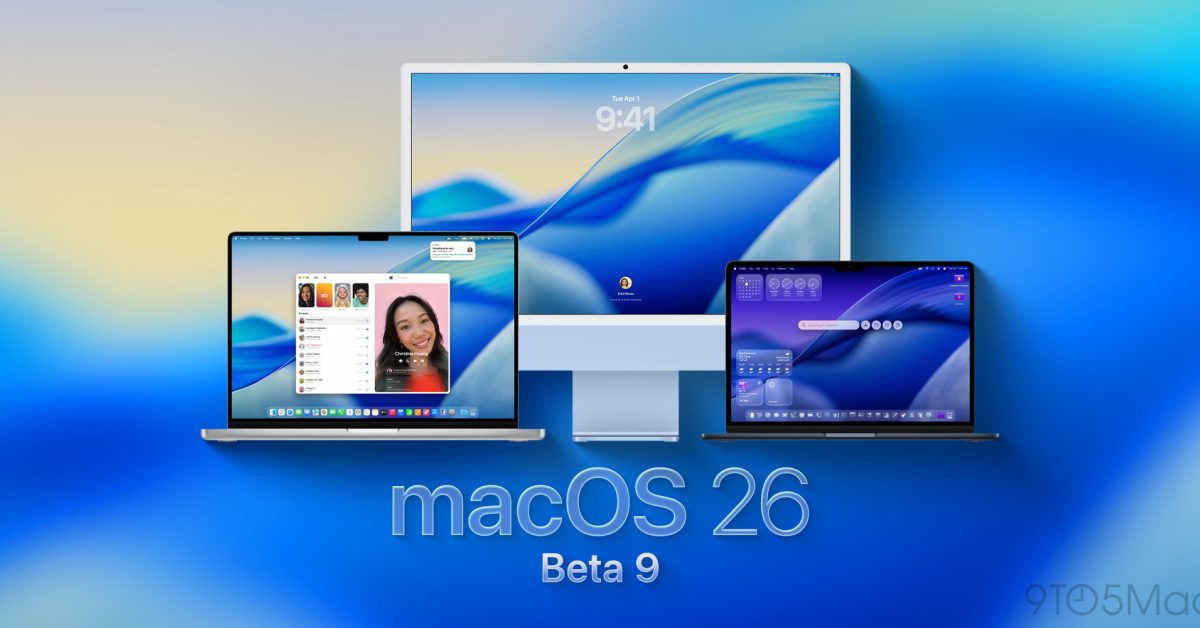
macOS Tahoe 26 beta 9 now available
Contrary to expectations, Apple is rolling out a new wave of developer betas ahead of next week’s “Awe Dropping” event. Here’s what to expect.
As with past releases, macOS Tahoe 26 developer beta 8 brought mostly under-the-hood improvements last week, which is also expected from today’s release.
The build number for today’s macOS Tahoe 26 beta 9 release is 25A5351b. We’re taking a closer look to spot any user-facing tweaks, and will report back with anything noteworthy.
What’s new on macOS Tahoe 26?
As announced at WWDC25, macOS Tahoe 26 introduces the Liquid Glass UI overhaul, alongside features like Live Activities on the Mac, a much improved Spotlight with clipboard history and Shortcuts integration, plus a dedicated Phone app and Live Translation for Messages, FaceTime and phone calls.
The system is also getting the new Games app, as well as the long-awaited Journal app.
Here’s how to install the macOS Tahoe 26 developer beta 9:
- Backup your Mac
- Open System Settings
- Go to General ⇾ Software Update
- Click the ‘i’ icon next to Beta Updates
- From the dropdown menu in the top-right, select the macOS Developer Tahoe Beta
- Hit ‘Done’
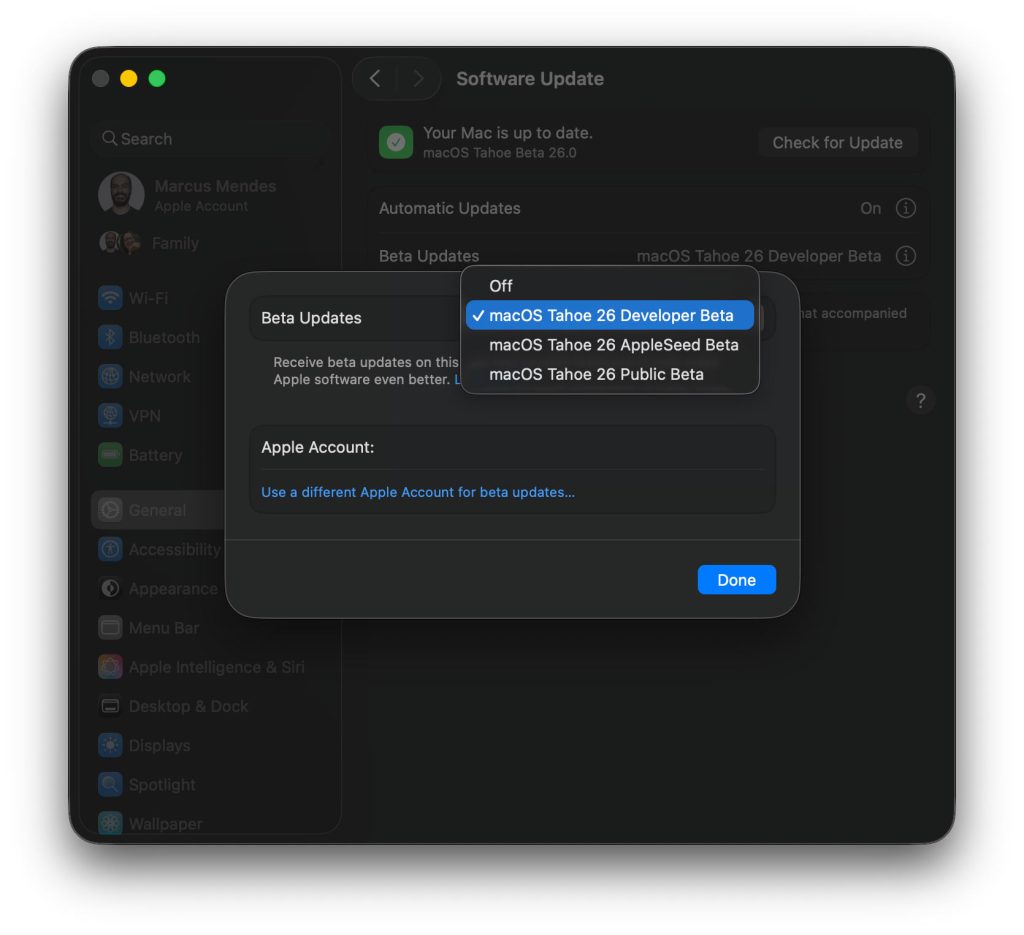
Update: Following the developer beta releases, Apple is now also rolling out the public betas. The build number for macOS Tahoe 26 Beta 6 is 25A5351b, which is the same as developer beta 9.
Did you spot any changes in today’s betas? Let us know in the comments.
Accessory deals on Amazon
FTC: We use income earning auto affiliate links. More.
Continue Reading
-

Reviews For Kathryn Bigelow Netflix Film
Kathryn Bigelow and Netflix have debuted A House of Dynamite at the Venice Film Festival this evening, marking the Oscar-winning filmmaker’s first feature in eight years.
The nuclear thriller opens as an unattributed missile is launched at the United States. As a result, a race begins to determine who is responsible and how to respond.
The movie stars Idris Elba, Rebecca Ferguson, Gabe Basso, Jared Harris, Tracy Letts, Anthony Ramos, Moses Ingram, Jonah Hauer-King, with Greta Lee and Jason Clarke. Script comes from Noah Oppenheim.
The critical reaction so far has been overwhelmingly positive.
Deadline’s Pete Hammond wrote: “[Kathryn Bigelow] hasn’t lost her mojo if this nail biting thriller is any indication. Let’s just hope the world takes notice because this explosive story is scary in many ways, but mostly because it is so completely plausible in the powder keg of a planet we currently exist in.”
The Guardian gives the film 5/5 stars, describing it as “a terrifying, white-knuckle comeback” and and “immaculately constructed nightmare procedural that ticks down the minutes from an atomic bomb’s launch to its detonation.”
In a 4/5 star review, the BBC said The Hurt Locker director builds “excruciating tension”, saying “It’s a characteristically authentic, riveting and chilling drama” from the filmmaker.
The Independent also gave it a strong 4/5 writeup, calling it “The most entertaining movie about mass destruction since Dr Strangelove”: “This is a white knuckle ride of a movie in which the tension is ratcheted up to near breaking point early on, and then simply keeps on rising. German composer Volker Bertelmann’s ominous score, heavy on the strident strings, puts viewers on edge even more.”
Roger Ebert.com was also a fan, noting: “Bigelow’s ability to take a series of hypotheticals and render them into narrative actuality has never been more pinpoint accurate or merciless.”
Another 4/5 review came from the UK’s Daily Telegraph, which called it a “hair-raising thriller” and “a razor-sharp Armageddon procedural”.
GQ also had praise for the film, describing it as “brilliantly constructed and gripping as hell”, but mused on its Oscar chances: “The film may prove too limited emotionally for Oscars voters – though it is so brilliantly stitched together by editor Kirk Baxter that you struggle to imagine anything else taking home that particular award. But as Netflix movies go, this is pretty much as good as it gets – the last thing you’ll do during this two-hour block is look at your phone. And that is a step in the right direction, at least.”
Time Out is yet another 4/5 star review, saying of Idris Elba: “Elba is solid in his second POTUS role of the year, after the immeasurably wackier Heads of State, although the final stretch lacks the piano-wire tautness of what came before.”
Producers are Greg Shapiro, Bigelow, and Oppenheim. EPs are Brian Bell and Sarah Bremner. The project marks Bigelow’s first movie since the 2017 thriller Detroit.
Continue Reading
-
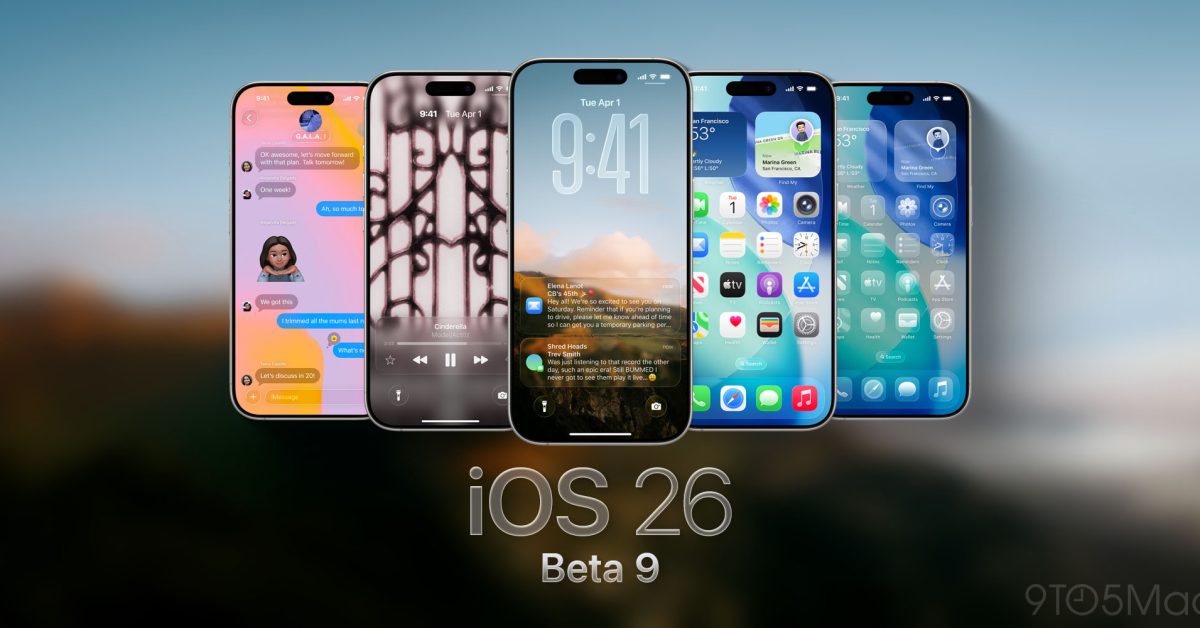
Apple releases iOS 26 beta 9 for iPhone
Turns out iOS 26 development isn’t quite over yet. After only shipping eight beta versions of major iOS releases over the last several years, Apple has released the ninth developer beta version of iOS 26. We expect the redesigned version of the iPhone software to officially launch in about two weeks.
iOS 26 developer beta 9 has arrived
Apple describes the upcoming iPhone software update by saying that iOS 26 “delivers a stunning new design, powerful Apple Intelligence capabilities, new ways to stay connected in the Phone and Messages apps, and exciting updates to CarPlay, Apple Music, Maps, and Wallet.”
In iOS 26 beta 2, we saw design tweaks including legibility improvements for Control Center, better menu organization in Safari, and stronger accessibility options with borders added to High Contrast Mode.
iOS 26 beta 3 most notably added opaqueness to some of the more transparent tab bars alongside new wallpaper colors. Beta 4 reverted the opaqueness tweaks. Meanwhile, Notification Center still uses absolute transparency when pulled down until fully open. That seems ripe for changing.
iOS 26 beta 4 also reintroduced notification summaries for news and entertainment apps. Apple previously paused the Apple Intelligence feature after complaints that text summaries could change the meaning of headlines.
iOS 26 beta 5 addressed a lot of user feedback by bringing back the Select button in Mail, adding a toggle to revert back to the classic Camera mode swipe direction, and more.
iOS 26 beta 6 removed that Camera swipe direction toggle, added faster animations, new ringtones, and more.
iOS 26 beta 7 added a new “drafts” section in Messages.
Later today, we’ll probably see this developer beta build also be the same release as a future iOS 26 public beta 6.
Is your iPhone ready for iOS 26? The next major software update runs on iPhone SE (2nd generation) as well as iPhone 11 and up. iOS 18 is the last version that will run on iPhone XR, iPhone XS, and iPhone XS Max. You’ll need to upgrade your iPhone if you want the latest features and newest design, but older iPhones will continue to receive software updates for security for a while. Features that use Apple Intelligence require iPhone 15 Pro, iPhone 15 Pro Max, or any iPhone 16 family model.
We’ll collect and list every change to iOS 26 beta and more on 9to5Mac so stay tuned (and join the fun with tips@9to5mac.com)!
FTC: We use income earning auto affiliate links. More.
Continue Reading
-
US Prediction Market Raises Risks for Online Gaming Operators – Fitch Ratings
- US Prediction Market Raises Risks for Online Gaming Operators Fitch Ratings
- Ohio casino revenue climbs to $88.9m in July iGamingToday.com
- Sportsbooks’ Licenses Could Be At Risk If They Offer Sports Event Contracts, Ohio Regulator Warns Yahoo Sports
- Gaming Licenses on the Line as Ohio Cracks Down on Prediction Markets parameter.io
- Ohio regulator Warns Sportsbooks on Event Contract Partners SBC Americas
Continue Reading
-
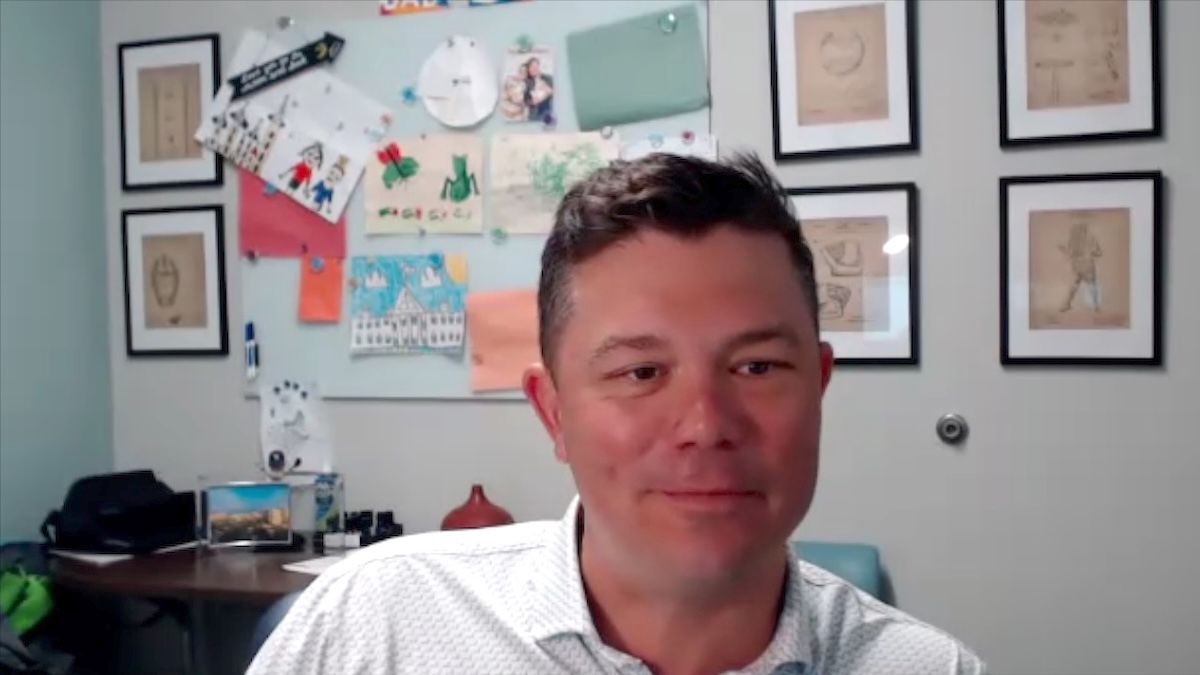
Rusfertide Poised to Transform Polycythemia Vera Care: Andrew Kuykendall, MD
Captions were auto-generated.
Andrew T. Kuykendall, MD, lead investigator for the phase 3 VERIFY trial (NCT05210790), emphasizes the critical need for therapies that offer a sense of normalcy to individuals with polycythemia vera, elaborating on the unique challenges of living with polycythemia vera and examining the profound impact of rusfertide on these patients.
Early indications from the phase 2 REVIVE trial (NCT04057040), findings which served as a foundation for VERIFY, were overwhelmingly positive, with patients reporting they felt “better than they ever had; this was really something that changed their lives,” Kuykendall explains. This strong, meaningful feedback centered on improvements to their symptoms and their daily lives, allowing them to regain “a sense of independence and freedom that they didn’t have before or they thought they’d lost,” he adds.
Beyond the goal of curing polycythemia vera and targeting its underlying disease-driving mutations, there’s a growing recognition of the need to address what matters to patients on a daily basis. This agent and trial, Kuykendall notes, were unique in their focus on clinically relevant end points, aiming to determine if a better approach was possible. Core questions driving the research were: can blood counts be controlled? Can patients be freed up from the health care system? Is it possible to move away from the need for phlebotomies? Is it possible to make patients feel better on a daily basis? Phlebotomy, a deeply entrenched treatment paradigm, is common for patients often managed in the community, Kuykendall explains.
These objectives resonated deeply with patients and are precisely why the results, announced at the American Society of Clinical Oncology annual meeting, were deemed so exciting. The potential for rusfertide’s self-injection approach to really alter community physicians’ practice on a daily basis with some of these patients, he concludes, makes it a topic of great interest.
Rusfertide most recently received a breakthrough therapy designation from the FDA on August 25.1 It previously received an orphan drug designation and a fast track designation in 2020.2
Revisit part 1 of this interview, in which Kukendall speaks to rusfertide’s potential as a sustainable management strategy for polycythemia vera, and part 2, in which he first alludes to the need for therapies to treat this myeloproliferative neoplasm to offer a sense of normalcy.
References
- Pelosci A. Rusfertide earns FDA BTD for erythrocytosis in polycythemia vera. Cancer Network®. August 25, 2025. Accessed September 2, 2025. https://www.cancernetwork.com/view/rusfertide-earns-fda-btd-for-erythrocytosis-in-polycythemia-vera
- Rusfertide received breakthrough therapy designation for treatment of erythrocytosis in patients with polycythemia vera. The National Law Review. August 25, 2025. Accessed September 2, 2025. https://natlawreview.com/press-releases/rusfertide-receives-breakthrough-therapy-designation-treatment
Continue Reading
-
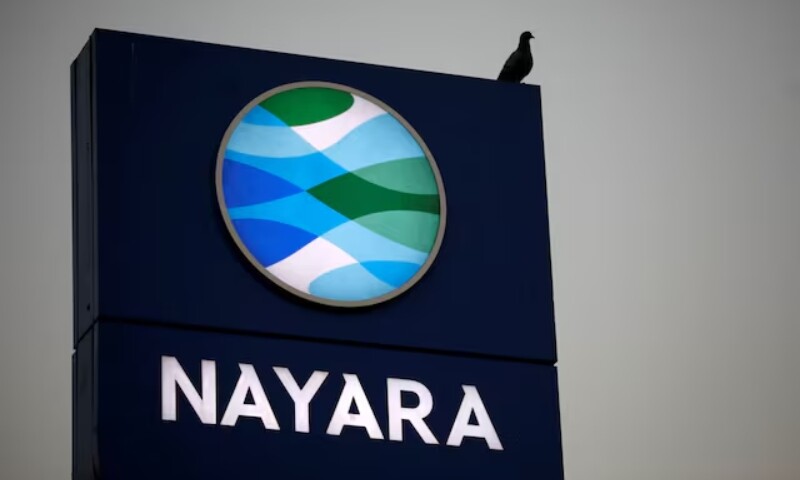
Saudi Aramco, Iraq’s SOMO halt crude sales to Indian refiner Nayara, sources say – World
Saudi Aramco and Iraq’s state oil company SOMO have stopped selling crude oil to India’s Nayara Energy in the aftermath of sanctions imposed in July by the European Union on the Russian-backed refiner, three sources familiar with the matter said.
The halting of supply from the two Gulf exporters means Nayara, majority-owned by Russian entities including oil major Rosneft, relied entirely on Russia for its crude oil imports in August, according to sources and LSEG shipping data.
Nayara typically receives around two million barrels of Iraqi crude and 1m barrels of Saudi crude each month, but did not receive shipments from either of the two suppliers during August, shipping data from Kpler and LSEG showed.
SOMO and Nayara did not respond to requests for comment. Saudi Aramco declined to comment.
Two of the sources said that the sanctions had created payment problems for Nayara’s purchases from SOMO, without providing further details.
The most recent cargo of Basra crude from SOMO was discharged for Nayara by the Kalliopi, a very large crude carrier (VLCC), at Vadinar port on July 29, according to Kpler and LSEG data as well as data obtained from industry sources.
The private refiner received 1m barrels of Arab Light carried by the VLCC Georgios co-loaded with a similar quantity of Basrah heavy on July 18, its last Saudi delivery, according to LSEG data.
Nayara is receiving direct supplies from Rosneft, an official from the Russian Embassy in New Delhi said last month.
The private company is operating its 400,000 barrel-per-day refinery at Vadinar in western India at about 70-80 per cent capacity due to difficulties in selling its products resulting from the sanctions, sources have said.
Nayara Energy, which controls about 8pc of India’s 5.2m barrel-per-day refining capacity, has been struggling to transport fuel since the EU sanctions, relying on so-called dark fleet vessels after other shippers backed out, according to shipping reports and LSEG data.
The company’s CEO resigned in July. Last week, Nayara announced the appointment of a senior executive from Azerbaijan’s national oil company SOCAR as its chief executive.
Continue Reading